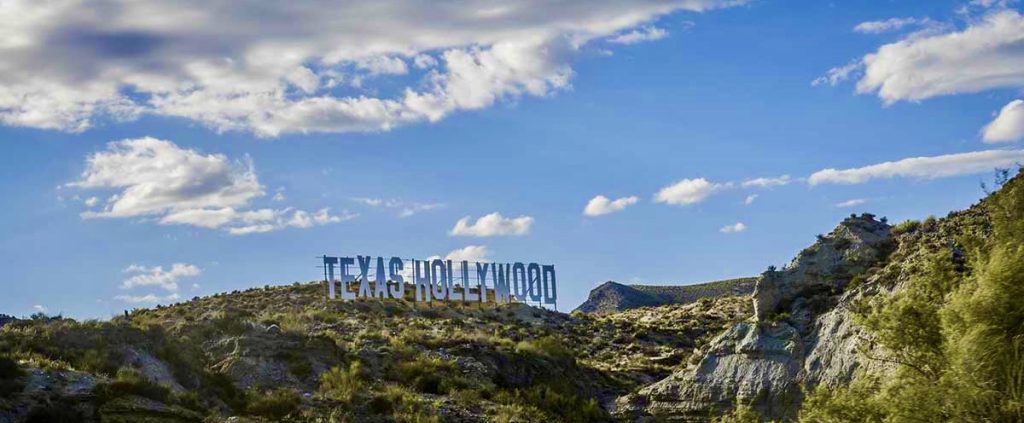
Photo credit: Nicolas Viard, article by W. F. Strong: https://texascooppower.com/how-texas-became-a-desert/
Years ago, while sorting through my mail, I tossed a magazine titled Texas Co-op Power into the recycle bin at the post office as I had done for ages. I was certain the magazine was no more than an update on how the electric utility coop was functioning financially and the demographics of its customers – neither of which held any particular interest for me. Big mistake!
One day the magazine ended up in my take-home pile. I was about to set it aside when an article title on the cover caught my eye: “In The Care of Canines. How rescue dogs are learning to help people.” After I read it, I thought, “Wow! Have I ever been missing out.”
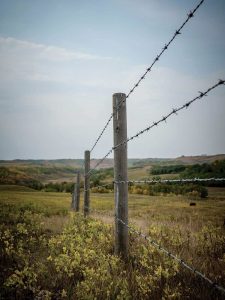 This article prompted me to read the magazine from cover to cover. Yes, there were updates on how our power company was performing, but there was so much more. The articles were rich in Texas history, food, travel, events taking place around the state. Every month I found something of interest, and all of the material was educational. One such example is “Joined by a Fence” by W. F. Strong (https://texascooppower.com/joined-by-a-fence/)
This article prompted me to read the magazine from cover to cover. Yes, there were updates on how our power company was performing, but there was so much more. The articles were rich in Texas history, food, travel, events taking place around the state. Every month I found something of interest, and all of the material was educational. One such example is “Joined by a Fence” by W. F. Strong (https://texascooppower.com/joined-by-a-fence/)
Never again has that magazine been automatically discarded.


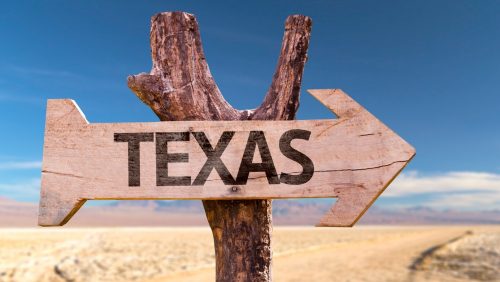 Friends and readers have often asked if I would ever set a book in Texas. For years, my standard reaction was to laugh and shoot back with, “Why would I?” Sure, I love where I live in the Lone Star State, but set a book here? After all, what’s so intriguing about living in the Eastern Cross Timbers region of North Texas that a fiction author would set a thriller here? But in the end, that’s exactly what I did. I set book four, CLON-X, in the Dallas-Fort Worth Metroplex.
Friends and readers have often asked if I would ever set a book in Texas. For years, my standard reaction was to laugh and shoot back with, “Why would I?” Sure, I love where I live in the Lone Star State, but set a book here? After all, what’s so intriguing about living in the Eastern Cross Timbers region of North Texas that a fiction author would set a thriller here? But in the end, that’s exactly what I did. I set book four, CLON-X, in the Dallas-Fort Worth Metroplex. 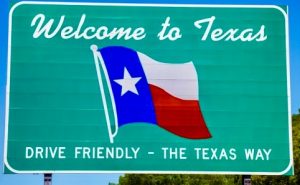 Texas joined the Union on December 29, 1845, as the 28th state. I have discovered that, as with so much of history, controversy surrounds even the Texas flag. Who designed it? The Texas State Library and Archives Commission says the flag was designed by Austin artist Peter Krag for $200. Read more about the flag controversies at https://www.kut.org/austin/2016-06-15/why-nobody-knows-who-designed-the-texas-flag
Texas joined the Union on December 29, 1845, as the 28th state. I have discovered that, as with so much of history, controversy surrounds even the Texas flag. Who designed it? The Texas State Library and Archives Commission says the flag was designed by Austin artist Peter Krag for $200. Read more about the flag controversies at https://www.kut.org/austin/2016-06-15/why-nobody-knows-who-designed-the-texas-flag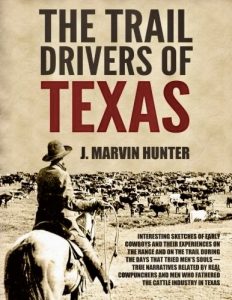 At the suggestion of Scott Slinker (
At the suggestion of Scott Slinker (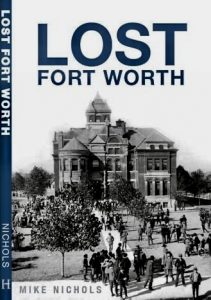 Trail blazers still on my mind, my literary interest circled back to Fort Worth and led to my recent purchase of Lost Fort Worth by Mike Nichols. Mr. Nichols is a fifth-generation Texan who was born near the Fort Worth Stockyards. He worked for the local newspaper, the Fort Worth Star-Telegram, for twenty-three years. At age 62, he began to chronicle the history of Fort Worth from his seat on a bicycle with his camera slung around his neck. In his own words, “I went to work for the Star-Telegram, traveled all seven continents, and I came back home thinking that Fort Worth is a really interesting place.”
Trail blazers still on my mind, my literary interest circled back to Fort Worth and led to my recent purchase of Lost Fort Worth by Mike Nichols. Mr. Nichols is a fifth-generation Texan who was born near the Fort Worth Stockyards. He worked for the local newspaper, the Fort Worth Star-Telegram, for twenty-three years. At age 62, he began to chronicle the history of Fort Worth from his seat on a bicycle with his camera slung around his neck. In his own words, “I went to work for the Star-Telegram, traveled all seven continents, and I came back home thinking that Fort Worth is a really interesting place.”